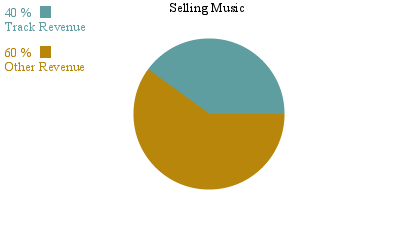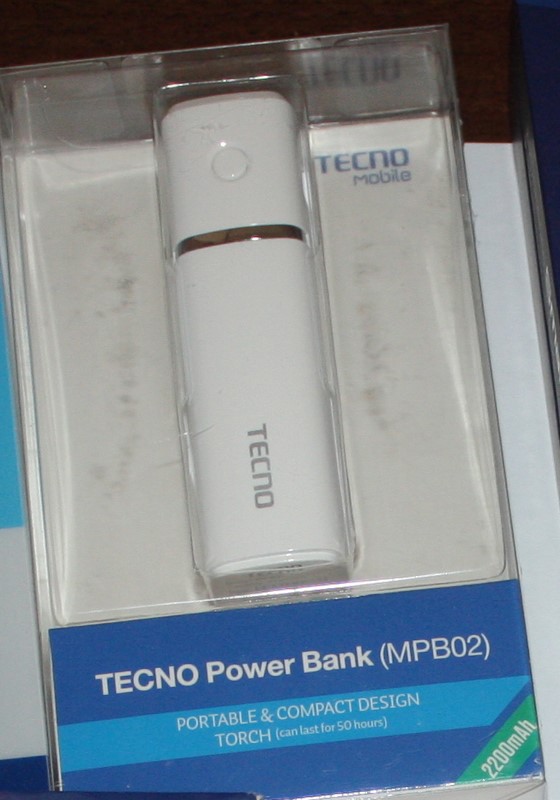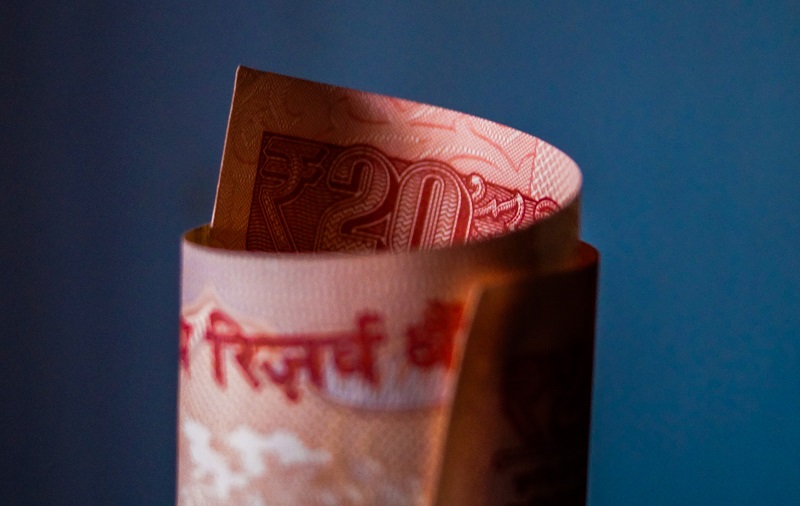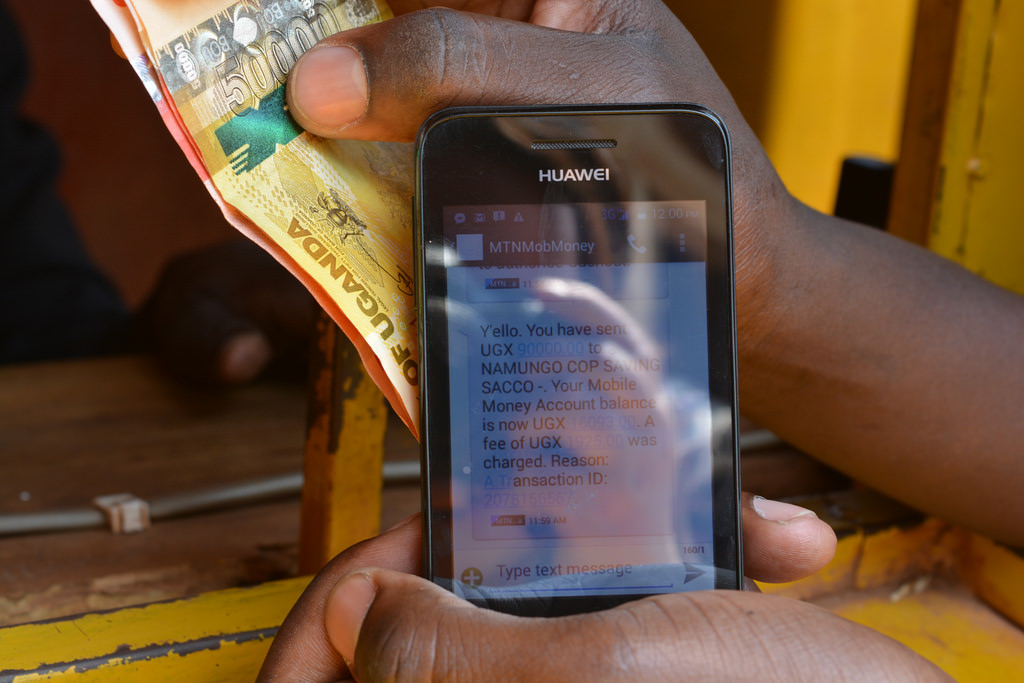This follows my previous post on Mobile Money.
The concept of trickledown economics is propagated by politicians who want to give tax breaks to the rich. Their idea is thus; money exclusively trickles down for the rich to the poor. So if you want to stimulate the economy, you do so at the top and the effect would flow downwards*.
Whilst I agree money trickles down vertically, it does so in multiple value chains, not exclusively rich to poor.
How does that relate to Mobile Money?
You see, there is this idea that since Mobile Money is targeted at the unbanked, it should be marketed at the unbanked. I think this is the wrong approach.
With exception to the Nigerian political ecosystem value chain**, a new money cycle generally trickles down from the banked to other banked or the unbanked.
Let me use an illustration.
The government gets money from oil sales (banked), pays a road contractor (banked), who now pays his sub-contractors (mostly banked), who now pay their labourers (mostly unbanked), who then pay the mama put (unbanked) etc.
That is just one value chain flow but you get the general idea.
Hence, if you want the labourers (unbanked) to store their money in the Mobile Money format, who do you market it to? Them directly, who are the unbanked, or the sub-contractors, who are the source of the labourer’s monies?
As it is now, it is the unbanked that are being marketed to mostly. I’d posit that it should be the sub-contractors that are the source of the unbanked’s money.
It is not that simple though, because for money to flow seamlessly (liquidity), both the giver and receiver have to be content with the transaction form.
Why should the unbanked labourer take money in a form that he cannot spend it in? He has no time to be talking Mobile Money when he needs to quickly condemn a plate of Eba and Egusi. This is where the concept of TTL (Time To Liquidity) in my previous post comes to play.
However, if his Mobile Money wallet has a quick backup TTL (via a debit card tied to it or an ATM), it is much more viable to be considered. The labourer gets paid his N2000 daily wage in Mobile Money. If the Mama put does not want to be paid in Mobile Money, he can quickly withdraw cash a form that is rather liquid.
In summary, for Mobile Money to kick-off in the above value chain, the most important persons are the sub-contractor and the labourer. I believe rightly targeted marketing and a short TTL will do just that.
NB:
* Although money generally flows from top to bottom, the volume of traffic occurs at the bottom. So to stimulate the economy, the money should be fed to the bottom as quick as possible. Basically, whatever politicians tell you, do the opposite.
** From top to bottom in the Nigerian political value chain, it is cash. In Yobe State, local government allocation comes in cash.
This post first appeared on Oo’s blog.
Image credit: Bankole Oluwafemi


















